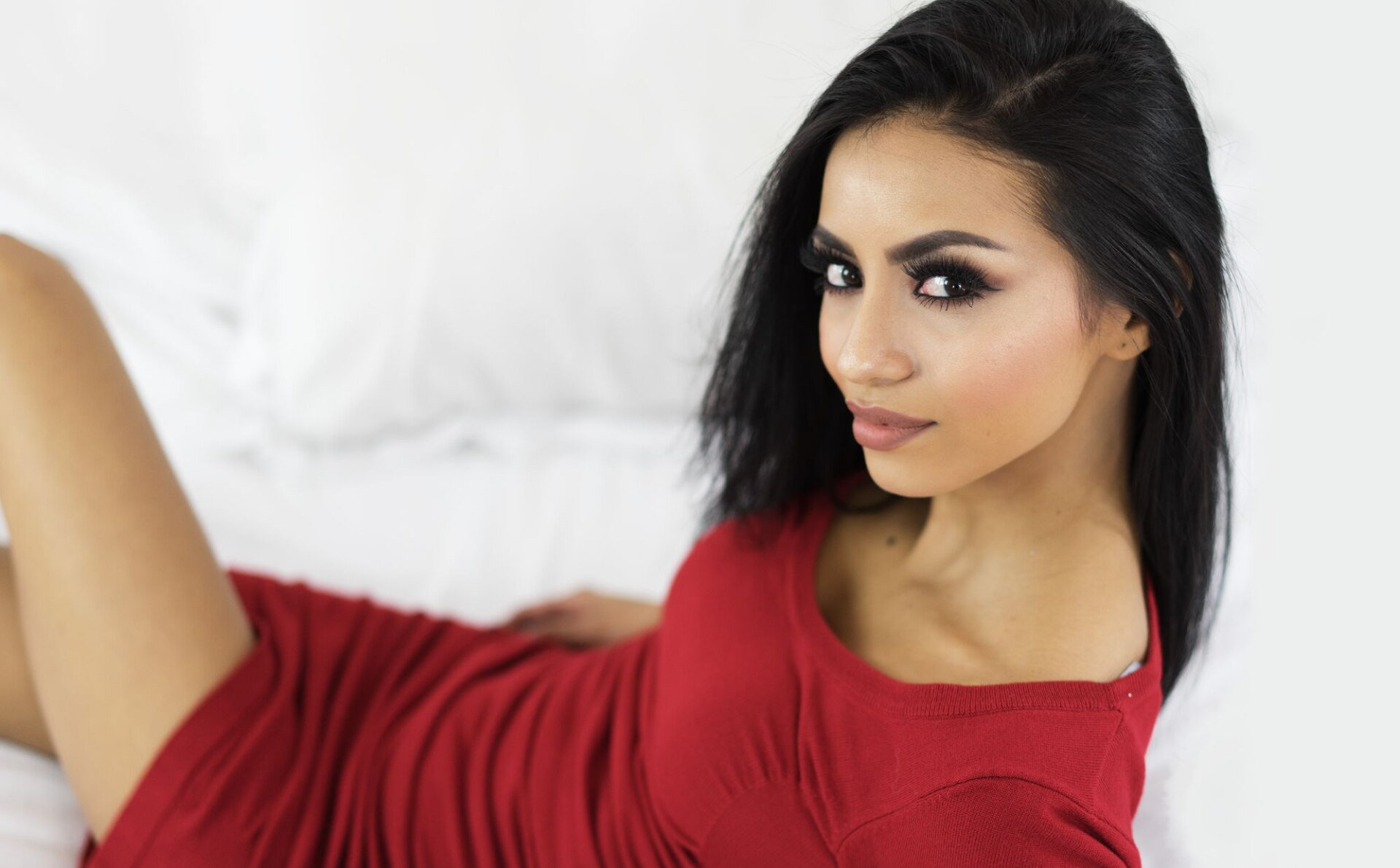(a) Learning show

I acquired 12 bumble-bee (Bombus terrestris dalmatinus) colonies, each that contains 3040 gurus, from Koppert Biological Possibilities (Berkel dentro de Rodenrijs, Holland). Every specialists have been uniquely noted to the thorax that have numbered, colored tags (Opalith labels; Religious Graze Kg, Germany). This greet individuals feel accurately identified both in lab training tests and field foraging trials.
New bees have been pre-trained to forage off 20 bicoloured, bluish and purple, phony plant life into the a laboratory trip stadium. The new square, bicoloured herbs have been made of a few halves (for each and every a dozen?24 mm): one to purple (Perspex Red 260) as well as the almost every other bluish (Perspex Blue 727). Throughout the pre-education, every bicoloured flowers was compensated which have 50% (w/w) sucrose service getting in the past the color-naive bees that have an equal possible opportunity to member one another tints with reward (Raine mais aussi al. 2006b). Bees completing at least four straight foraging bouts into bicoloured vegetation was in fact picked to possess education. This type of foragers have been taught individually, from inside the a journey arena containing 10 blue (Perspex Bluish 727) and you can ten reddish (Perspex Red-colored 260) artificial plants (for every single 24?24 mm). Yellow flowers was in fact fulfilling (for each and every contained fifteen ?l regarding fifty% (w/w) sucrose service), when you’re blue herbs had been empty (unrewarding). Bees was indeed thought to be opting for a rose when they either approached (inspected) otherwise arrived on it. Getting into a rose don’t necessarily end up in a giving (probing) feel. Hence, prior to probing an advisable (yellow) flower, bees you certainly will favor each other red-colored/rewarding otherwise bluish/unrewarding plants by dealing with otherwise landing in it (instead of probing). Going for a yellow (rewarding) flower are regarded as correct’, when you are going for a blue (unrewarding) rose is considered to-be an error’. I registered the choice series made by for every bee on go out it earliest inserted the new trip arena. Tape the brand new flower options for each bee stopped after they got made 99 flower possibilities following first time it probed a good fulfilling (yellow) rose (Raine et al. 2006b). Ergo, for every single bee produced about 100 flower solutions, for instance the very first time they probed an advisable flower, together with any choices made before this very first probing knowledge.
Plants was indeed changed as well as their ranking lso are-randomized ranging from foraging bouts to avoid bees having fun with scent scratching or previous rose positions because the predictors of reward. Rose colours was indeed selected so as that bees must defeat its good, unlearned preference getting blue, prior to accompanying certainly the innately the very least preferred colour (yellow) which have award (Chittka ainsi que al. 2004; Raine et al. 2006a). Ten bees had been instructed out of for each and every colony (we.elizabeth. 180 bees as a whole) between cuatro and . Thorax thickness dimensions was in fact pulled for each and every of them bees while the a measure of body dimensions. Controlled lights to possess laboratory tests are available with large-frequency fluorescent lights kissbridesdate.com this article (TMS 24F lamps having cuatro.3 kHz ballasts (Philips, Holland) fitting with Activa sunlight tubes (Osram, Germany)) to help you imitate absolute daylight over the bee flicker blend frequency.
(b) Discovering contours
The starting point for each bee’s learning curve was the proportion of errors made (blue flowers chosen) before the bee first probed a rewarding (yellow) flower. For bees making fewer than five flower choices (either by approaching or landing on them) before probing a rewarding flower (n=53), we used the colony mean proportion of errors (calculated from bees making five or more such choices). Flower choices made by each bee after (and including) the first time it probed a rewarding (yellow) flower were evaluated as the number of errors (blue flowers chosen) in each group of 10 choices. Learning curves (first-order exponential decay functions: y=y0+Ae ?x/t ) were fitted to these 11 data points (i.e. the start pointing and subsequent 10 groups of 10 flower choices) for each individual bee, using Microcal Origin (Chittka et al. 2004; Raine et al. 2006b), to capture the dynamic nature of the learning process. Here, x is the number of flower choices the bee made, starting with the first time it probed a yellow flower, and y is the number of errors. The saturation performance level (y0) is the number of errors made by a bee after finishing the learning process, i.e. when reaching a performance plateau. The decay constant (t) is a measure of learning speed: high values of t correspond to slow learning, whereas lower t values indicate faster learners. A is the curve amplitude: the maximum displacement (height) of the curve above y0. Both amplitude (A) and saturation performance (y0) were constrained between 0 and 10 for curve fitting. Eight (out of 180) bees showed no appreciable improvement in performance during the task, and the software generated learning curves’ that were essentially horizontal lines. These bees were excluded from subsequent analyses because their t values were either very high (>400) or negative.
